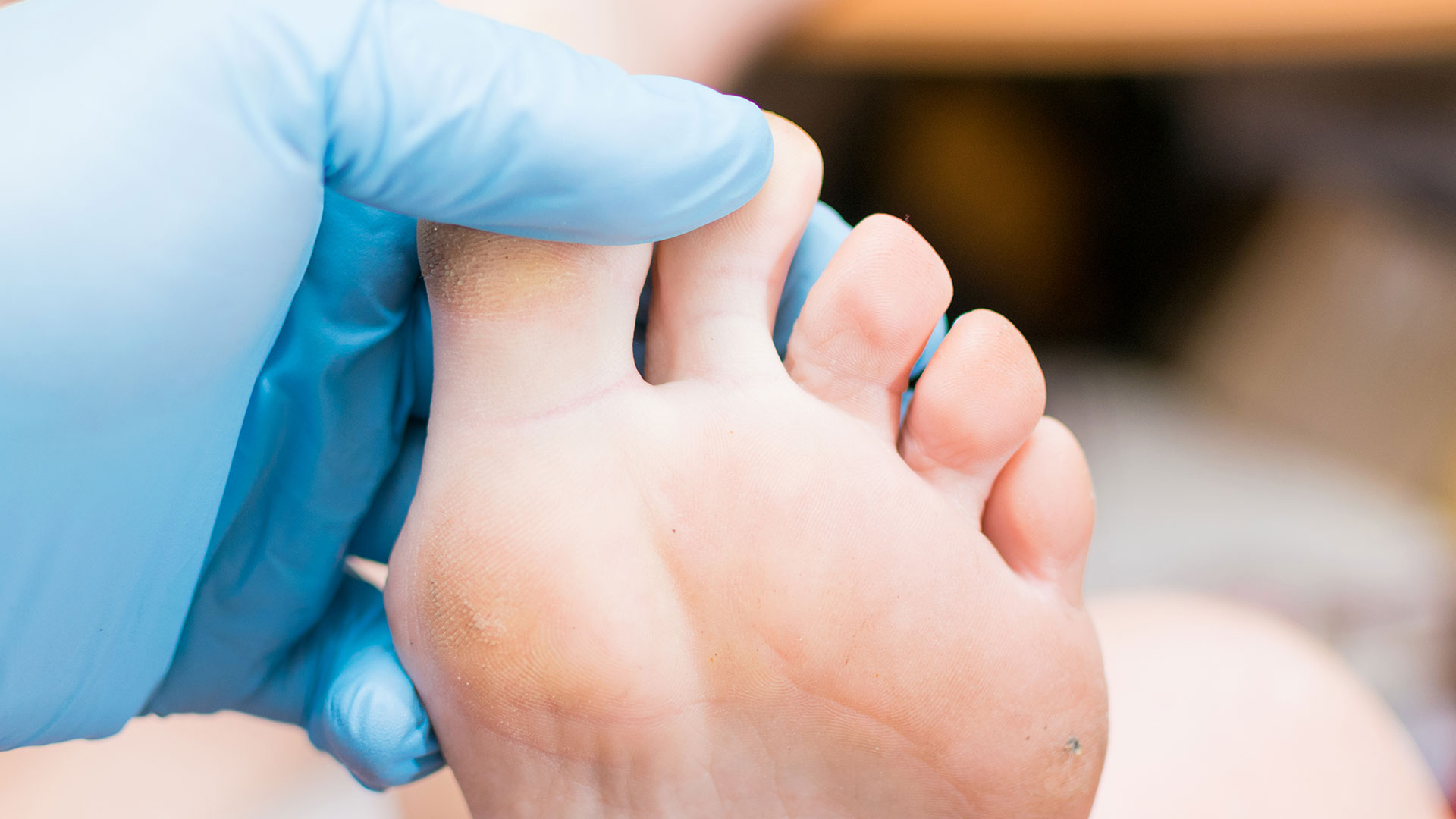Does Medicare cover bunion surgery?
Bunions are a typical yet often painful condition that can interfere with daily life. They happen when the big toe joint becomes misaligned, creating a noticeable bump on the side of the foot. For many seniors, bunions can make walking difficult, limit mobility, and even affect overall health. When the pain becomes too severe, surgery is often the only option. But the big question is: does Medicare cover bunion surgery? Learning how Medicare works with this type of method can support you make an informed decision and avoid unexpected medical costs.
Does Medicare cover bunion surgery for seniors?
Yes, Medicare does cover bunion surgery for seniors, but only if it is considered medically necessary. This means your doctor must determine that the bunion is causing significant pain, limiting your ability to walk, or leading to other complications such as infection. Medicare will not cover bunion surgery if it is done solely for cosmetic purposes or for mild discomfort that can be managed with non-surgical treatments.
For seniors dealing with chronic bunion pain, Medicare provides a path to relief. Still, approval depends on your doctor’s documentation and proof that the procedure is essential to your health.
What is the cost of bunion surgery with Medicare?
The cost of bunion surgery under Medicare varies based on the type of surgery, where it is performed, and what part of Medicare you have. Original Medicare generally helps cover hospital stays, outpatient visits, and doctor’s services. However, patients are still responsible for deductibles, copayments, and coinsurance.
Medicare Advantage plans may deliver additional coverage options, but costs can differ depending on your chosen plan. While exact figures cannot be generalized, it’s safe to say that Medicare significantly reduces your out-of-pocket expenses compared to paying for surgery without insurance.
What qualifies as “medically necessary” for Medicare bunion surgery coverage?
Medicare determines coverage based on medical necessity. To qualify, your physician must show that the bunion is not just a cosmetic concern but a true medical problem. Examples include:
- Severe or chronic pain that limits daily activities
- Inability to walk without significant discomfort
- Foot deformity worsening over time
- Development of sores, infections, or secondary conditions due to the bunion
If your bunion meets these standards, Medicare is more likely to cover the procedure. The key lies in proper medical documentation from your doctor.
What are the common types of bunion surgeries covered by Medicare?
Not all bunion surgeries are the same. Medicare coverage depends on which type of procedure your doctor recommends. Some of the most common bunion surgeries covered include:
- Osteotomy: The surgeon cuts and realigns the bones in your big toe joint.
- Exostectomy: The bunion bump is shaved down, usually combined with other corrective techniques.
- Arthrodesis: The injured joint is removed, and the bones are fused for stability.
- Resection Arthroplasty: Part of the joint is removed to ease pain and create more space.
Medicare generally covers these procedures when they are medically necessary. However, your doctor will determine which type of surgery best fits your condition.
Does Medicare Advantage cover bunion surgery?
Yes, Medicare Advantage (Part C) plans also cover bunion surgery, but the specifics depend on your plan’s rules and network providers. Medicare Advantage plans are needed to cover at least what Original Medicare does, but many go further by including additional benefits like prescription drug coverage or reduced copays.
If you have a Medicare Advantage plan, you should check your provider’s network requirements. In some cases, you may need prior authorization before undergoing bunion surgery.
What additional costs should you factor in for bunion surgery under Medicare?
Even with Medicare, there are additional costs to keep in mind. These can include:
- Deductibles for hospital or outpatient services
- Copayments for doctor visits and follow-up care
- Coinsurance for anesthesia, lab tests, or imaging
- Costs for supportive devices like surgical boots or orthotics after the surgery
Knowing these expenses upfront can help you prepare better. Speaking with your doctor’s office and Medicare representative before surgery is always a wise move.
Does Medicare cover non-surgical bunion treatments?
Surgery is not the first step in treating bunions. Medicare may cover certain non-surgical treatments if deemed medically necessary, such as:
- Custom orthotic devices to reduce pressure
- Physical therapy to improve mobility
- Medications prescribed for pain and inflammation
- Regular podiatry visits if you have diabetes or circulation issues
However, routine foot care like trimming nails or calluses is generally not covered unless you have a medical condition that makes such care necessary. Medicare’s focus is always on treatment that prevents further complications or serious health risks.
What is involved in a Medicare-covered bunion surgery procedure?
A Medicare-covered bunion surgery typically follows a set process:
- Evaluation – Your podiatrist or orthopedic surgeon examines your foot, reviews your medical history, and determines if surgery is necessary.
- Approval – Medicare needs documentation proving medical necessity before authorizing coverage.
- Procedure – The surgery is usually outpatient, though some complicated cases may require a short hospital stay.
- Recovery – Medicare may cover follow-up visits, physical therapy, and medical devices needed during healing.
Recovery time can alter, but Medicare supports essential aftercare to ensure you regain mobility and prevent complications.
Conclusion
If you’ve been struggling with bunion pain and wondering, does Medicare cover bunion surgery, the good news is that it often does, provided your condition is medically necessary. While Medicare may not cover procedures done for cosmetic reasons, it does help seniors who need surgery to walk comfortably and live healthier lives.
The key to maximizing coverage is working closely with your doctor, ensuring the right documentation is submitted, and understanding the role of both Original Medicare and Medicare Advantage. By preparing ahead of time and factoring in possible additional expenses, you can approach bunion surgery with clarity and conviction.
For many seniors, bunion surgery can be a life-changing experience. Medicare makes it more accessible, so you don’t have to let foot pain keep you from enjoying your golden years.
Disclaimer: This article is for informational purposes only. Medicare coverage and costs can vary by region, plan type, and individual circumstances. Always speak directly with your provider or Medicare representative for the most accurate information.
Source: healthcare.gov
 888-313-0044
888-313-0044



